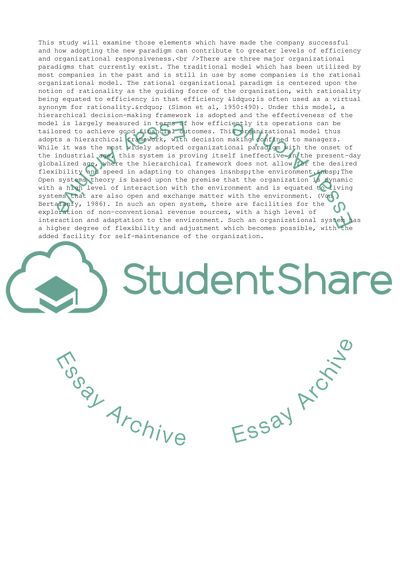Cite this document
(Creating an Organizational Paradigm Essay Example | Topics and Well Written Essays - 3250 words, n.d.)
Creating an Organizational Paradigm Essay Example | Topics and Well Written Essays - 3250 words. https://studentshare.org/business/1712238-creating-an-organizational-paradigm
Creating an Organizational Paradigm Essay Example | Topics and Well Written Essays - 3250 words. https://studentshare.org/business/1712238-creating-an-organizational-paradigm
(Creating an Organizational Paradigm Essay Example | Topics and Well Written Essays - 3250 Words)
Creating an Organizational Paradigm Essay Example | Topics and Well Written Essays - 3250 Words. https://studentshare.org/business/1712238-creating-an-organizational-paradigm.
Creating an Organizational Paradigm Essay Example | Topics and Well Written Essays - 3250 Words. https://studentshare.org/business/1712238-creating-an-organizational-paradigm.
“Creating an Organizational Paradigm Essay Example | Topics and Well Written Essays - 3250 Words”. https://studentshare.org/business/1712238-creating-an-organizational-paradigm.


